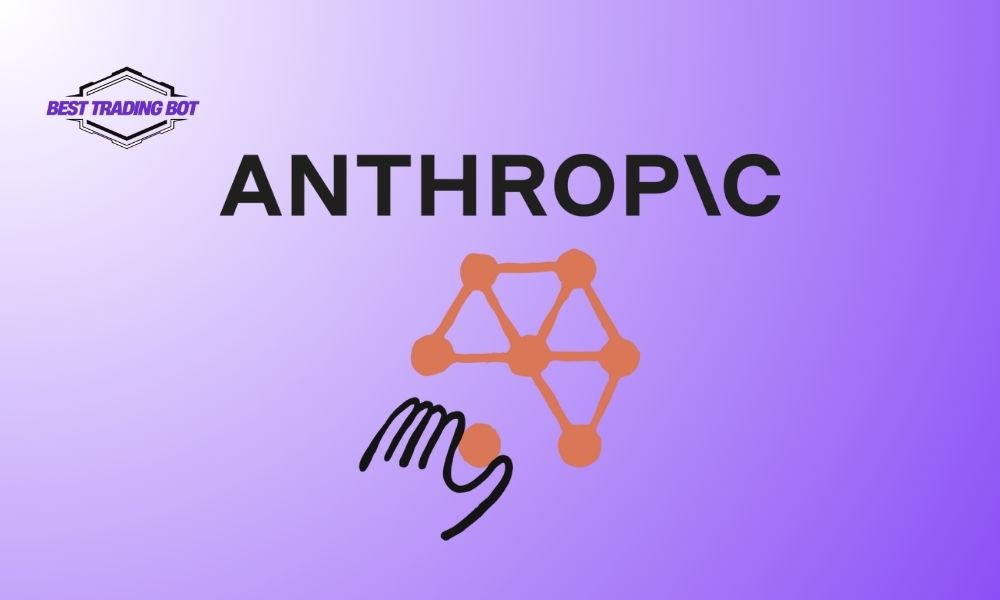AI agent anthropic, particularly its claude model family, is emerging as a new force in the generative artificial intelligence landscape. Not only does it possess superior language processing capabilities, but this model is also built on a foundation of ethics and safety, promising a more responsible and beneficial era of AI for humanity.
Contents
Introducing anthropic and its distinct mission
In the relentless race of artificial intelligence, one name is increasingly capturing attention: anthropic. Founded by former members of openai, anthropic carries a unique mission: to develop AI systems that are not only intelligent but also safe, trustworthy, and interpretable.
Unlike a singular focus on increasing computational power, the company prioritizes the research and implementation of safety barriers. Their goal is to create AI agents that are beneficial to humans, minimizing potential risks such as misinformation, bias, or harmful behaviors. This approach has introduced a fresh perspective, charting a different course for the future of AI.
What is the AI agent anthropic – claude?
When we talk about an AI agent anthropic, we are referring to their flagship product: the large language model (LLM) named claude. This is not a humanoid robot but an advanced AI system capable of conversation, content creation, text analysis, and performing countless complex language-based tasks.
Claude is not a single product but a family of models, with the latest iteration being claude 3. This family includes three models with different strengths to serve a variety of needs:
- Claude 3 opus: This is the most powerful model, designed for tasks requiring a high level of intelligence, such as strategic analysis and complex research and development.
- Claude 3 sonnet: This model perfectly balances speed and performance, making it the ideal choice for enterprise applications like data processing, workflow automation, and marketing content generation.
- Claude 3 haiku: This is the fastest and most compact model, suitable for tasks requiring instant responses like customer support chatbots or content moderation.
This diversity allows users to select the most suitable AI agent anthropic for their specific tasks, optimizing both cost and efficiency.

The key differentiators of the AI agent anthropic
So, what makes claude stand out from other competitors in the market? The answer lies in the core principles applied by anthropic.
Constitutional AI
This is a groundbreaking method and the signature of anthropic. Instead of relying solely on human feedback to fine-tune the model, they create a “constitution”—a set of principles and rules that the AI must follow. These principles are inspired by documents like the universal declaration of human rights. The model then self-evaluates and adjusts its responses to align with this constitution, proactively reducing harmful outputs.
Safety and ethics as a priority
Every aspect of the AI agent anthropic is developed with a high emphasis on safety. The development team constantly conducts “red teaming” exercises (playing the role of an adversary) to find vulnerabilities and weaknesses in the model. As a result, claude is more effective at refusing inappropriate or dangerous requests.
Large context processing capability
One of claude’s superior technical advantages is its extremely large context window, up to 200,000 tokens. This means it can “read” and “remember” a vast amount of information in a single interaction, equivalent to a thick book. This ability makes the AI agent anthropic incredibly powerful for processing long documents, analyzing complex financial reports, or summarizing lengthy email chains accurately.
Top-tier performance
In many standard benchmarks for knowledge, reasoning, and mathematics, the models from the AI agent anthropic family, especially claude 3 opus, have shown performance on par with or even surpassing other leading models. This demonstrates that the pursuit of safety does not compromise the power of the AI agent anthropic.
Practical applications of the AI agent anthropic
With its superior capabilities, the AI agent anthropic is being widely applied across various fields:
- Content creation: Writing blog posts, marketing emails, video scripts, and song lyrics.
- Data analysis: Summarizing financial reports, analyzing customer feedback, and extracting insights from large datasets.
- Coding assistance: Writing code, debugging, and explaining complex code snippets.
- Customer service: Building intelligent chatbots capable of understanding and responding to complex customer queries naturally.
- Education and research: Assisting students and researchers with summarizing materials, finding information, and analyzing scientific papers.

In conclusion, the AI agent anthropic is not just a powerful technological tool but also a significant step forward in building safe and ethical AI. To stay updated with the latest and most insightful news from the world of AI, be sure to follow Best Trading Bot for more.
